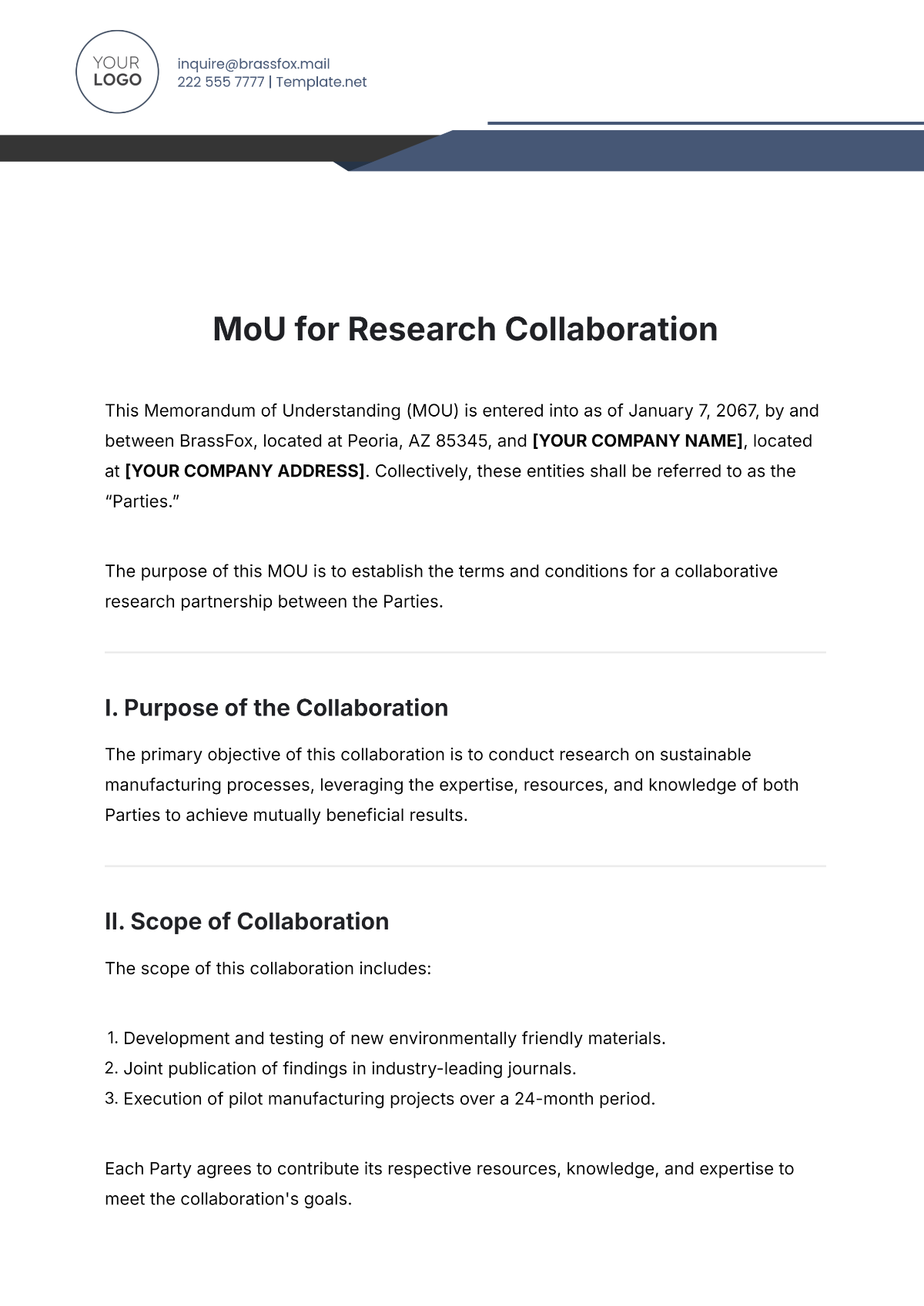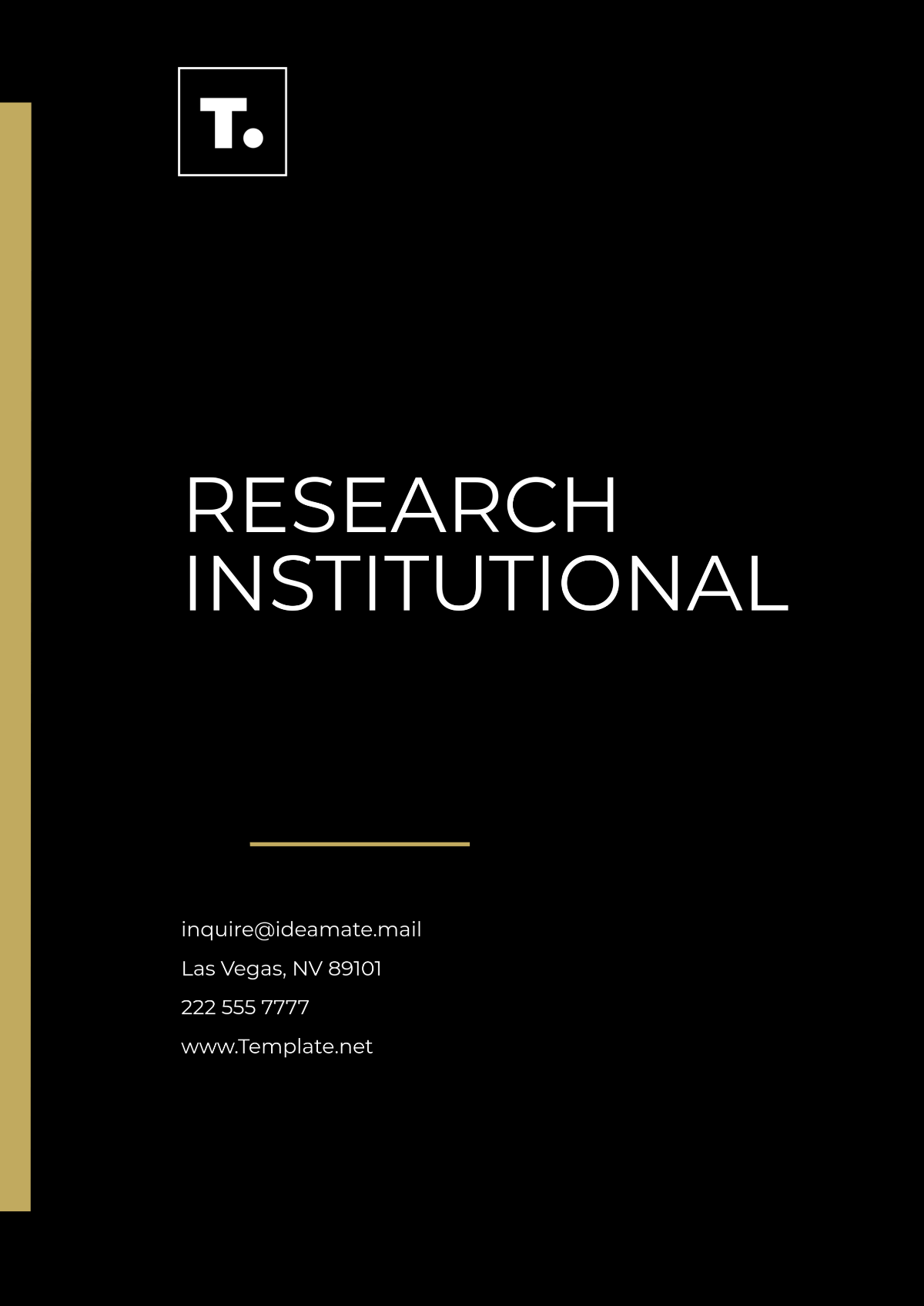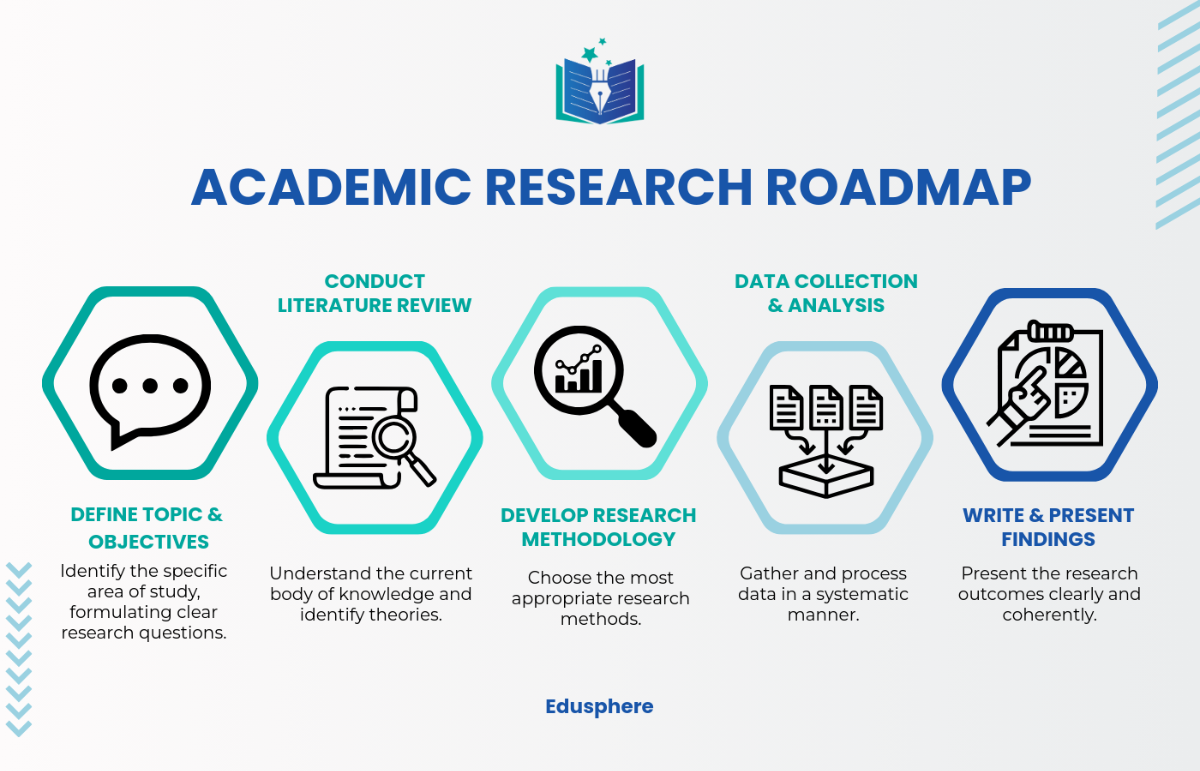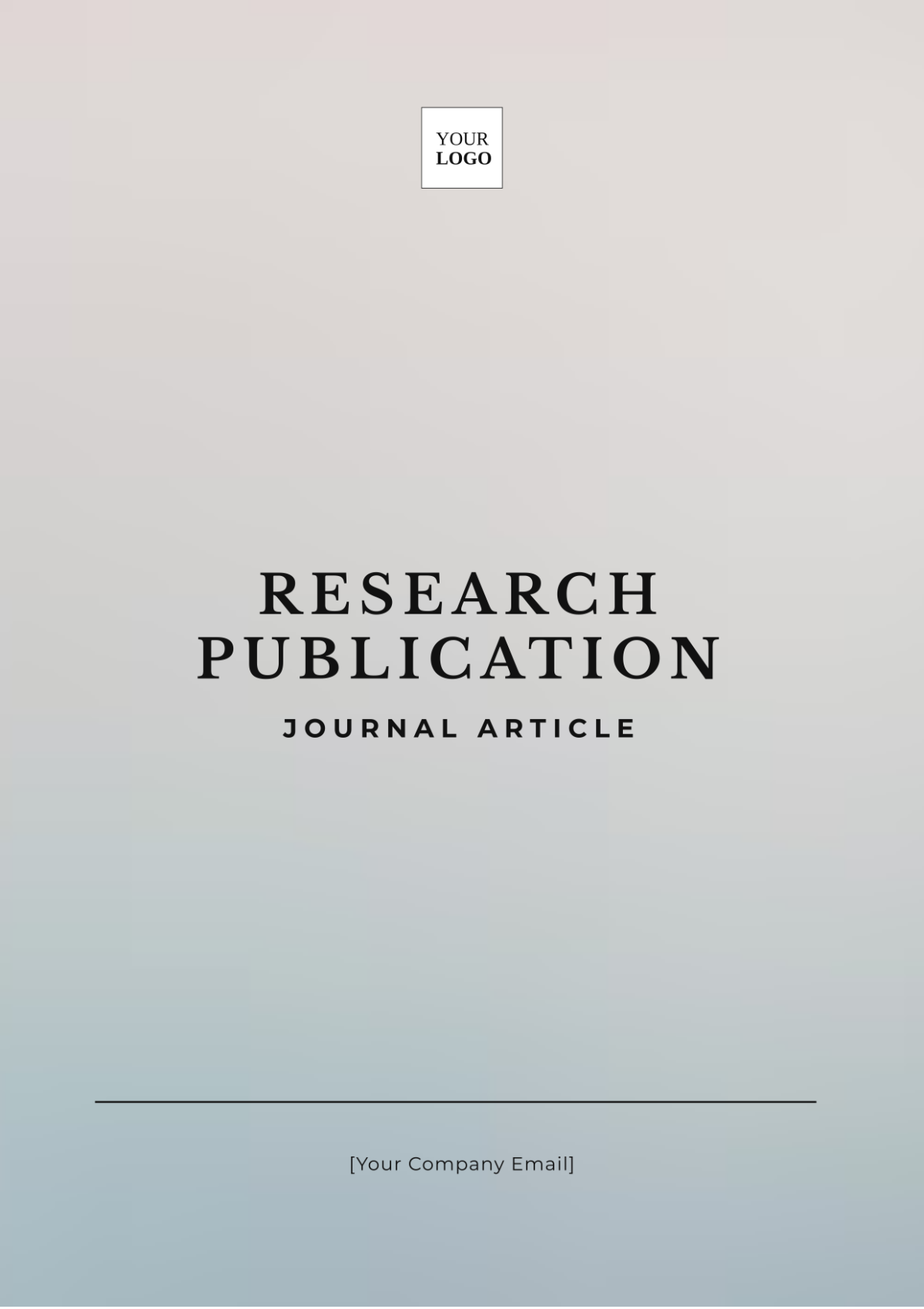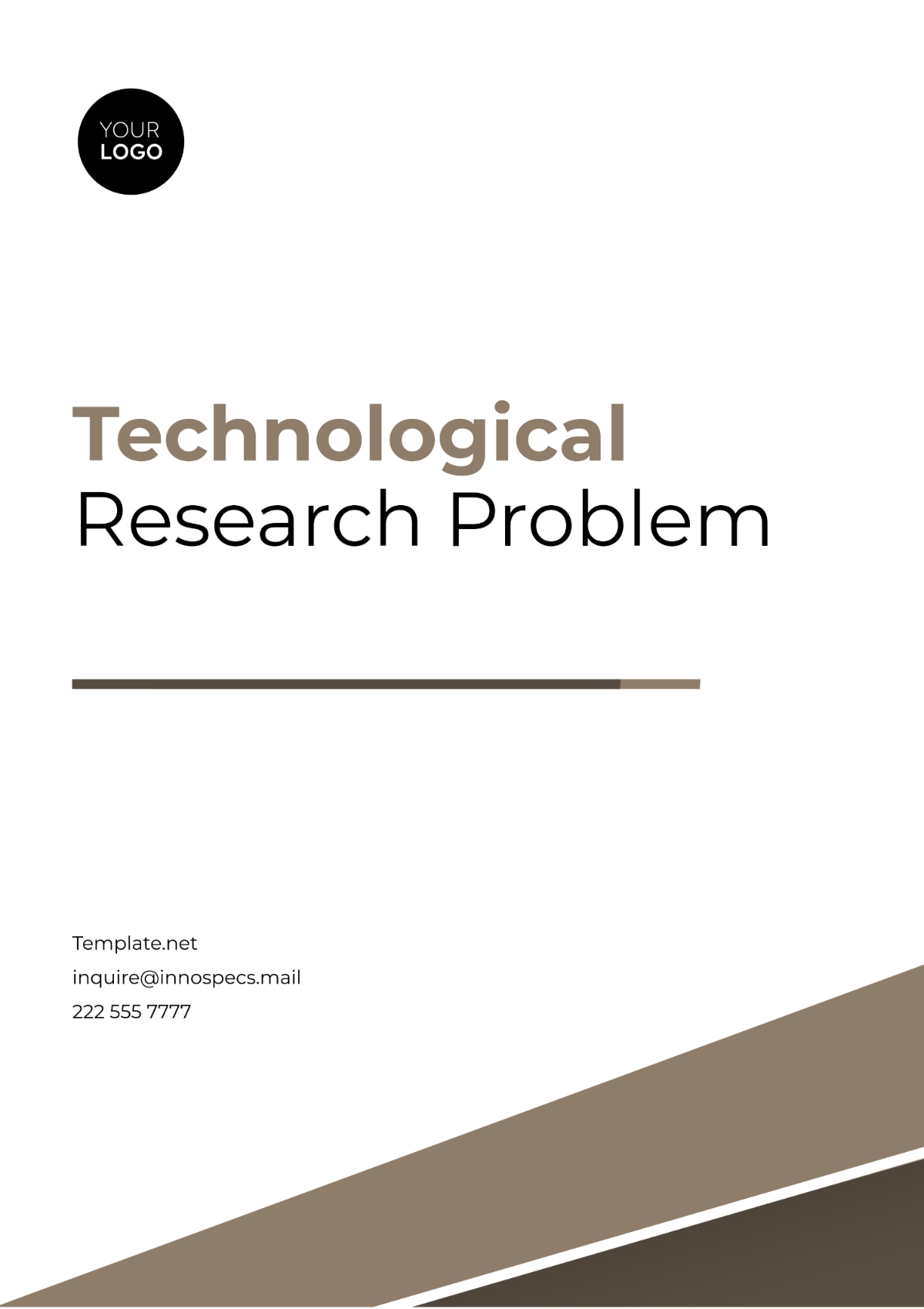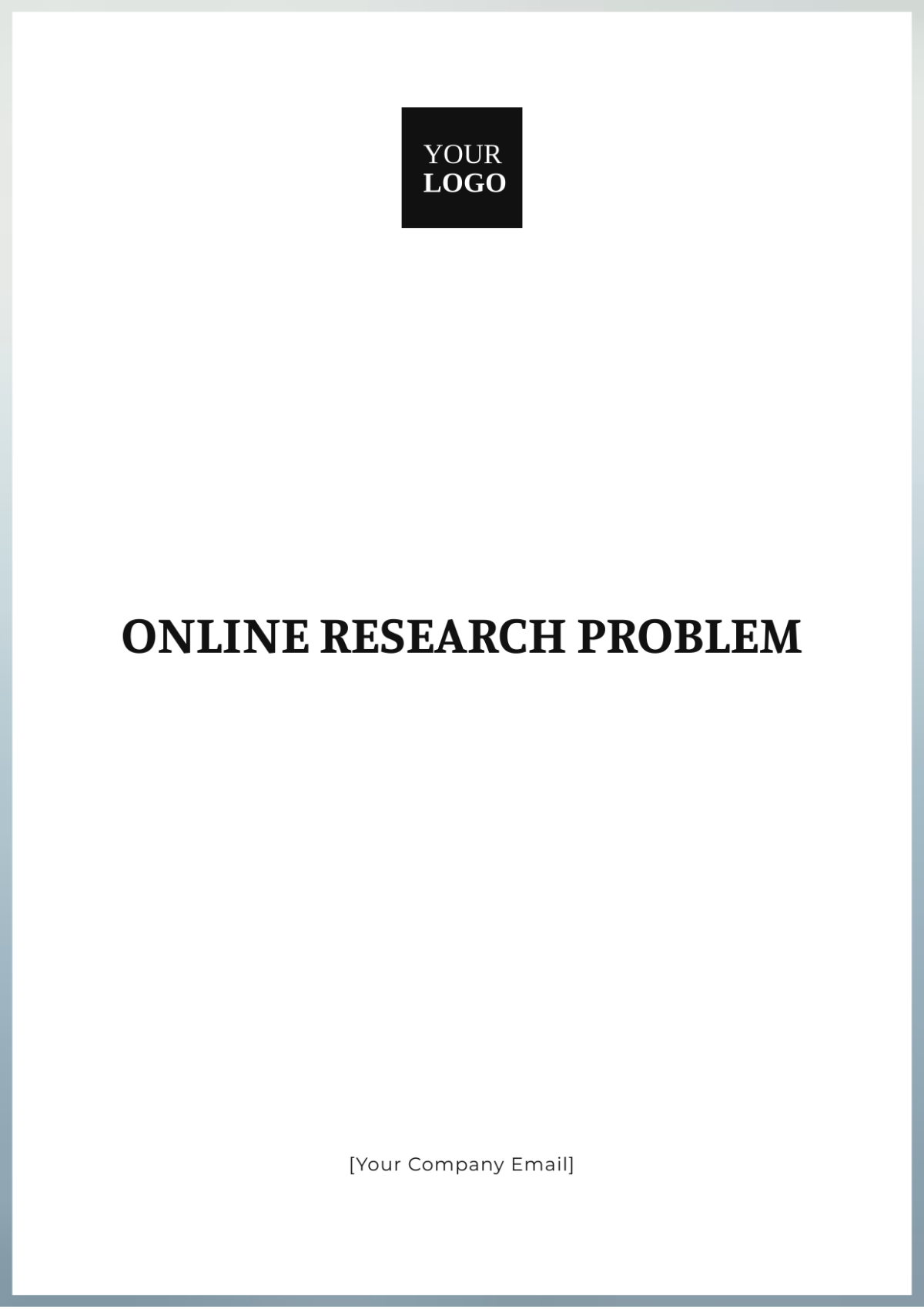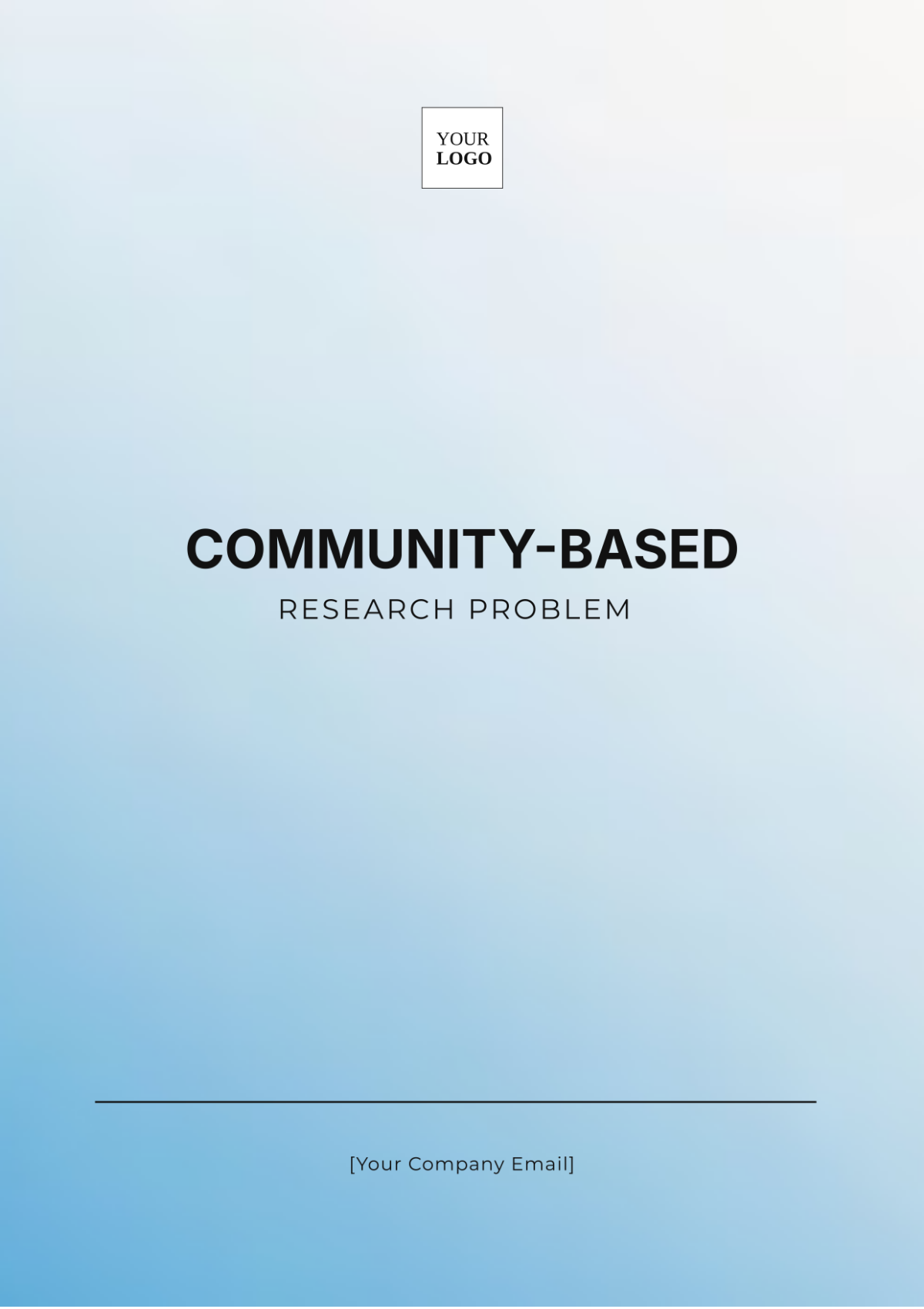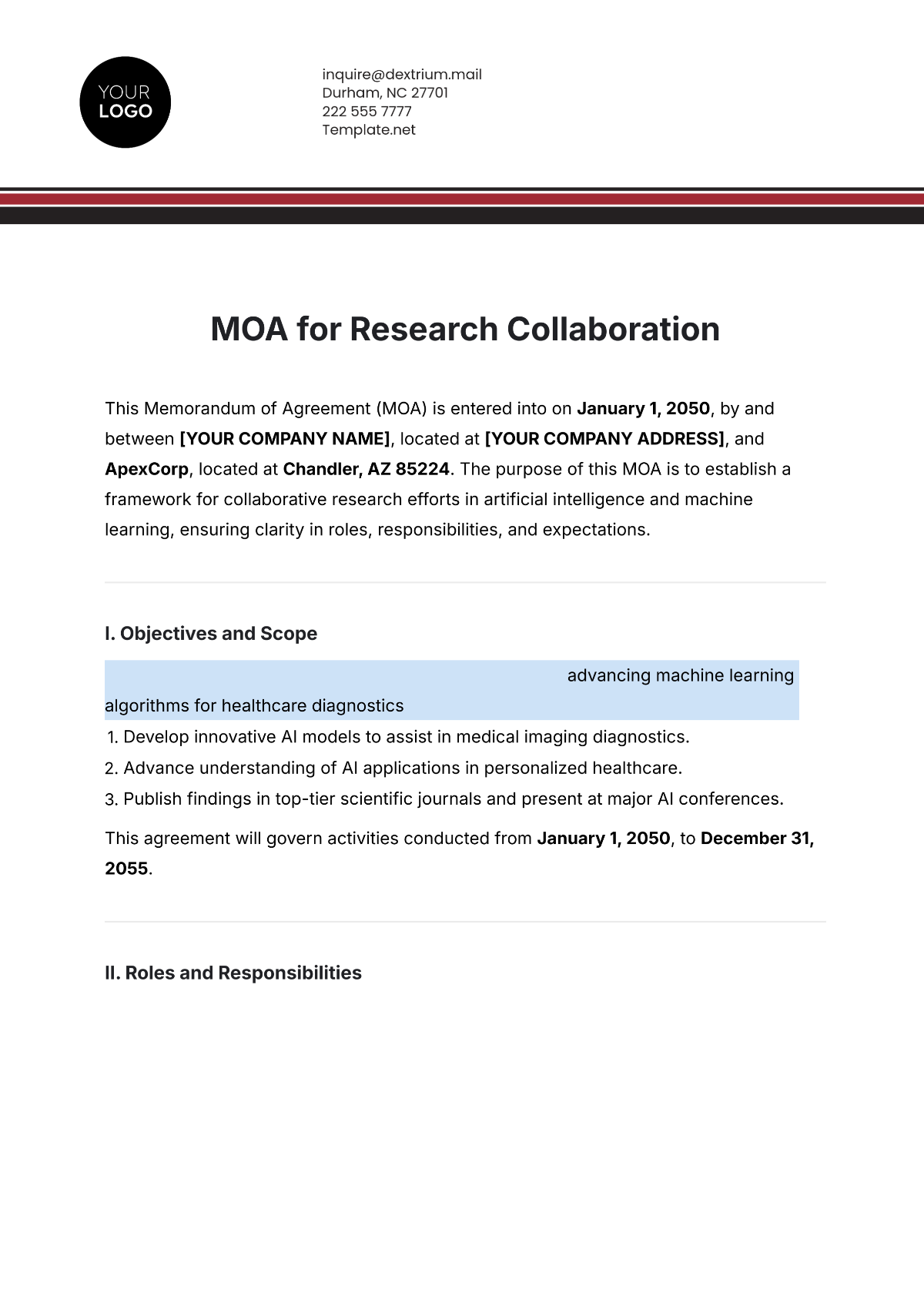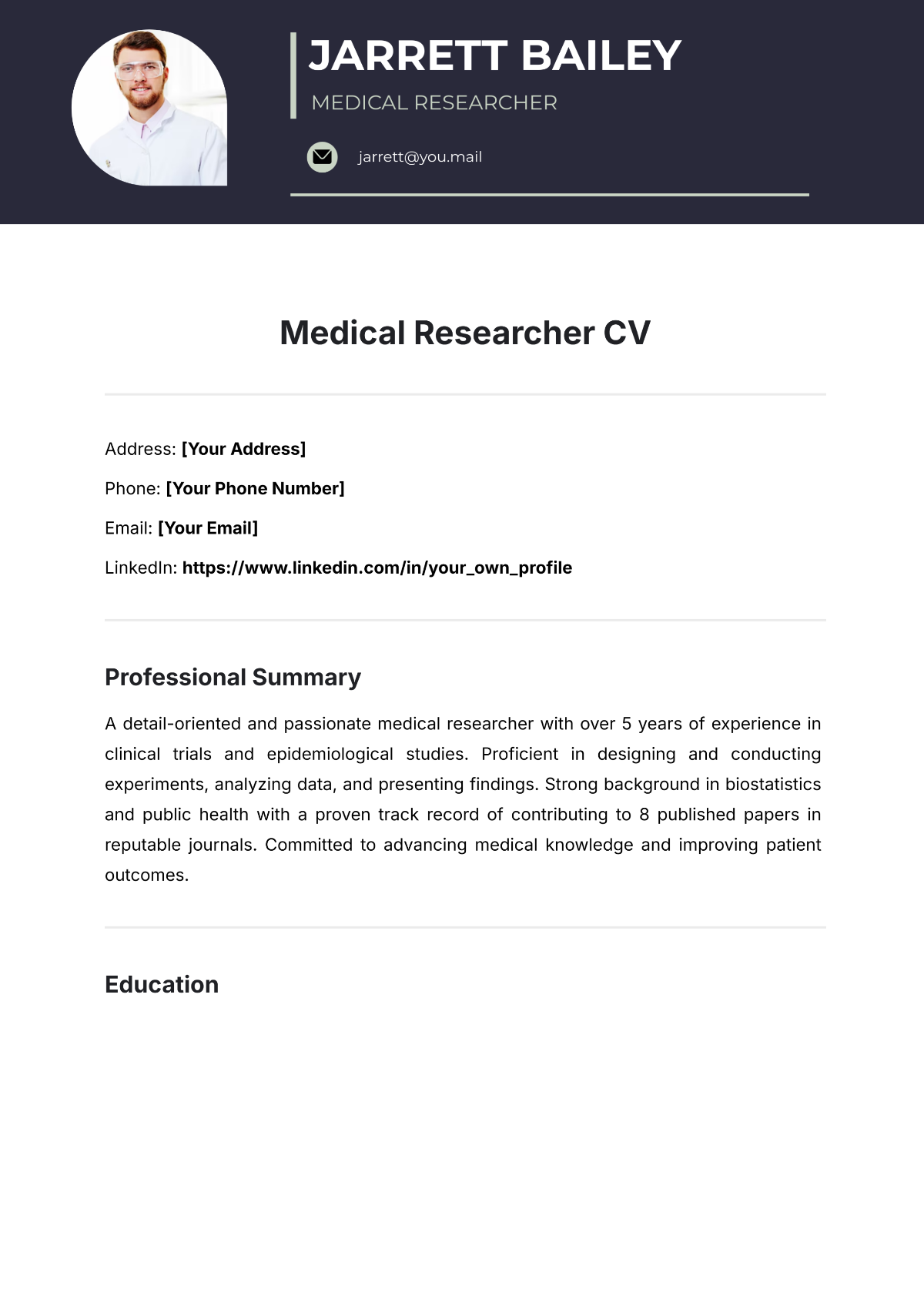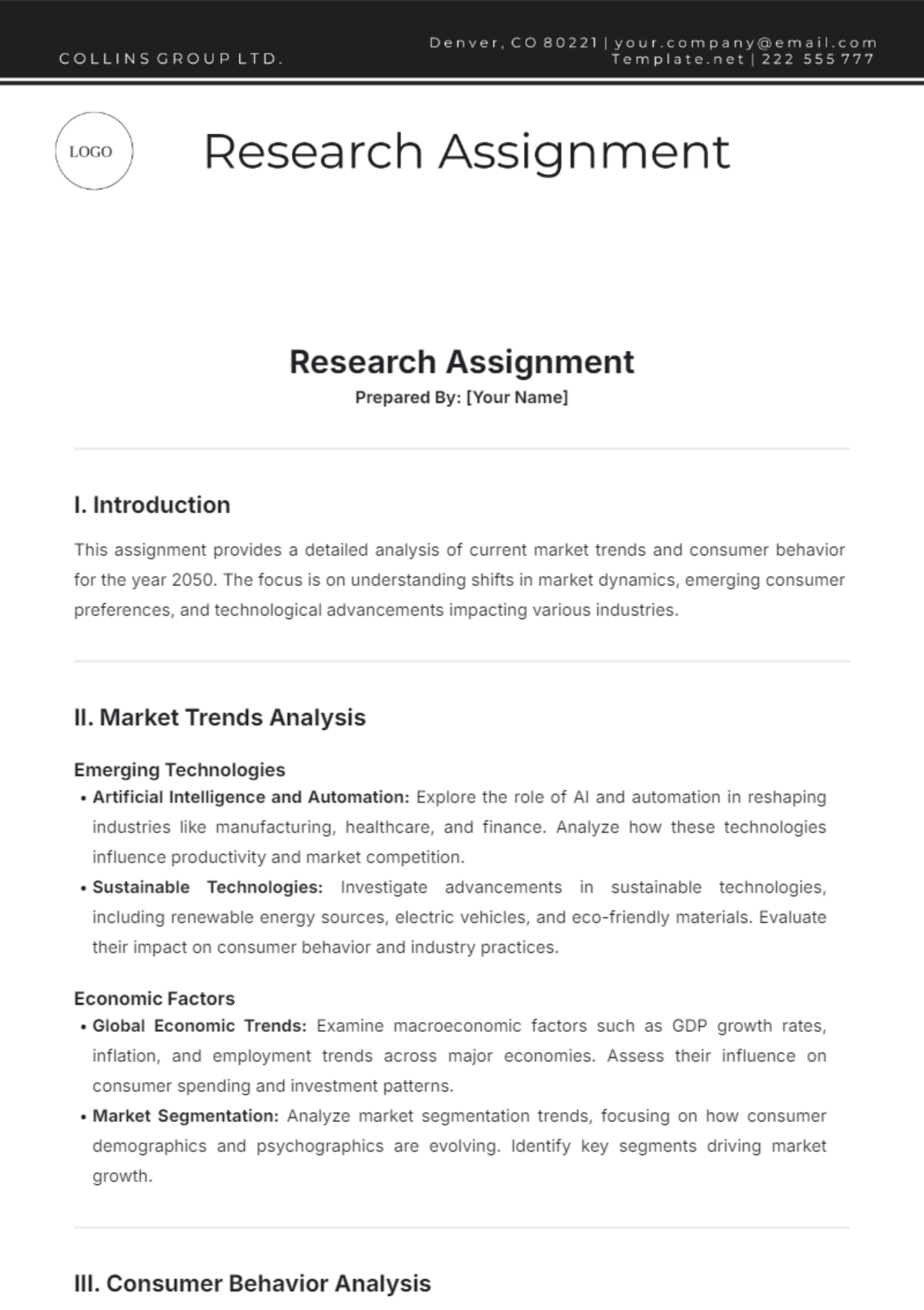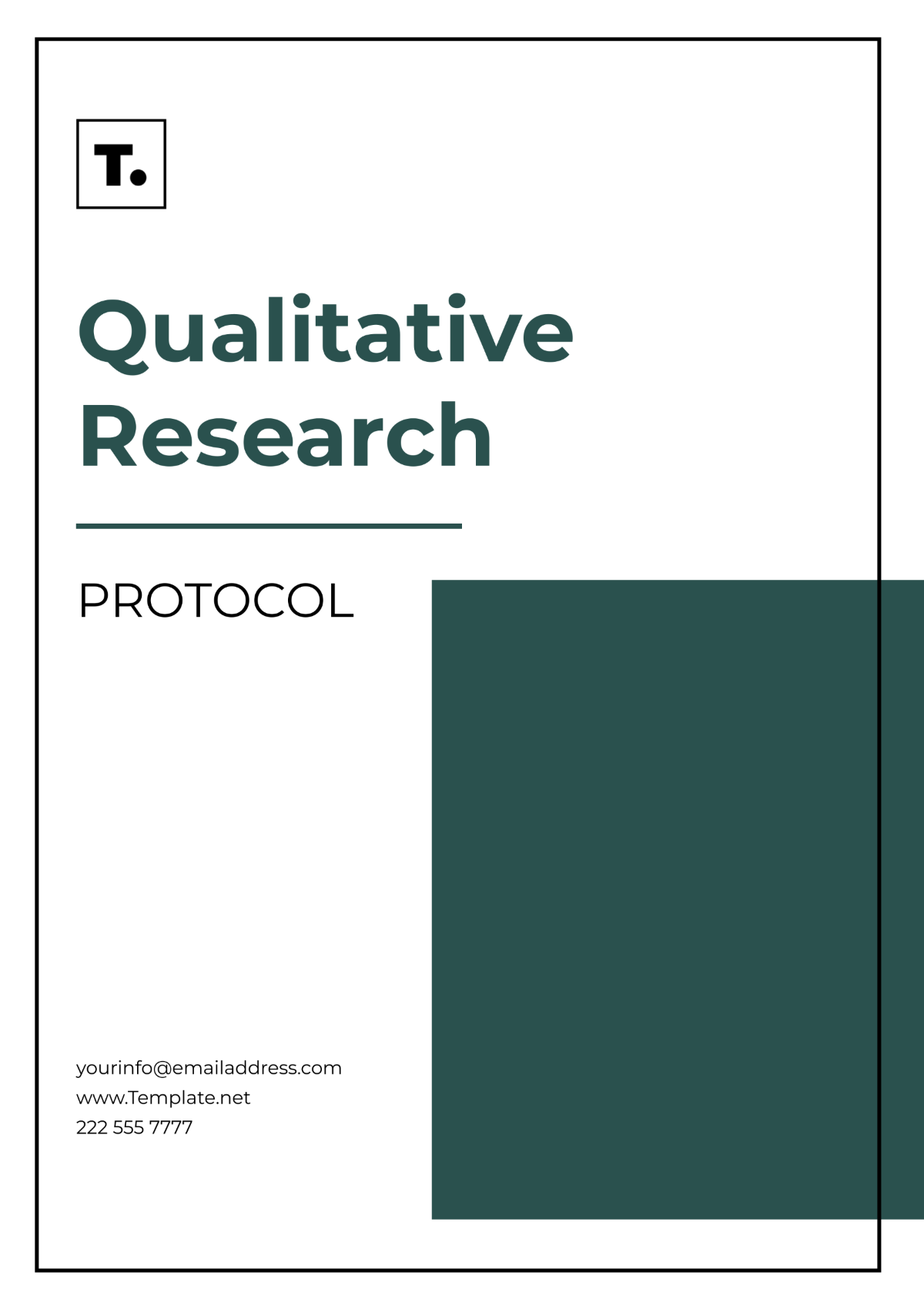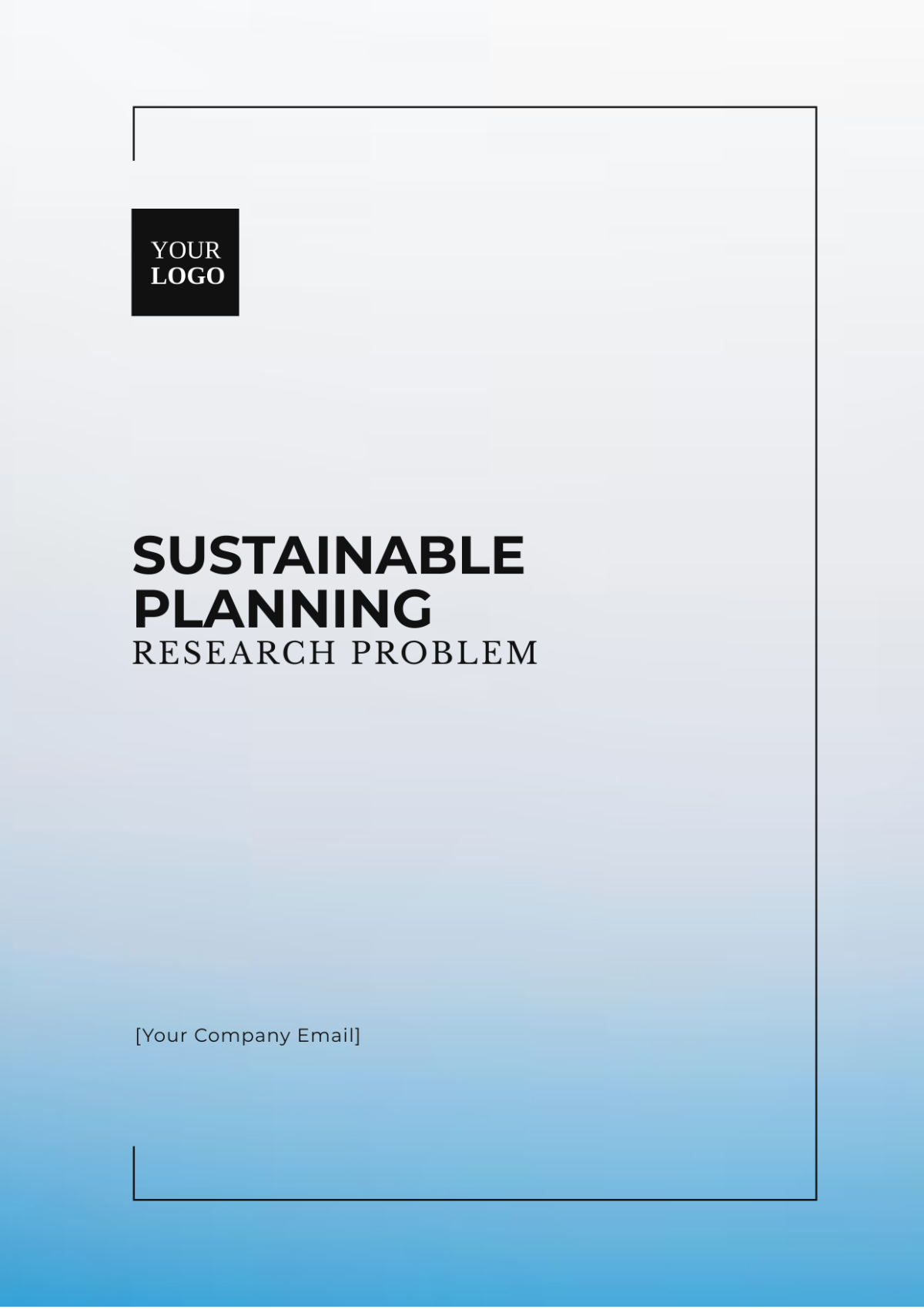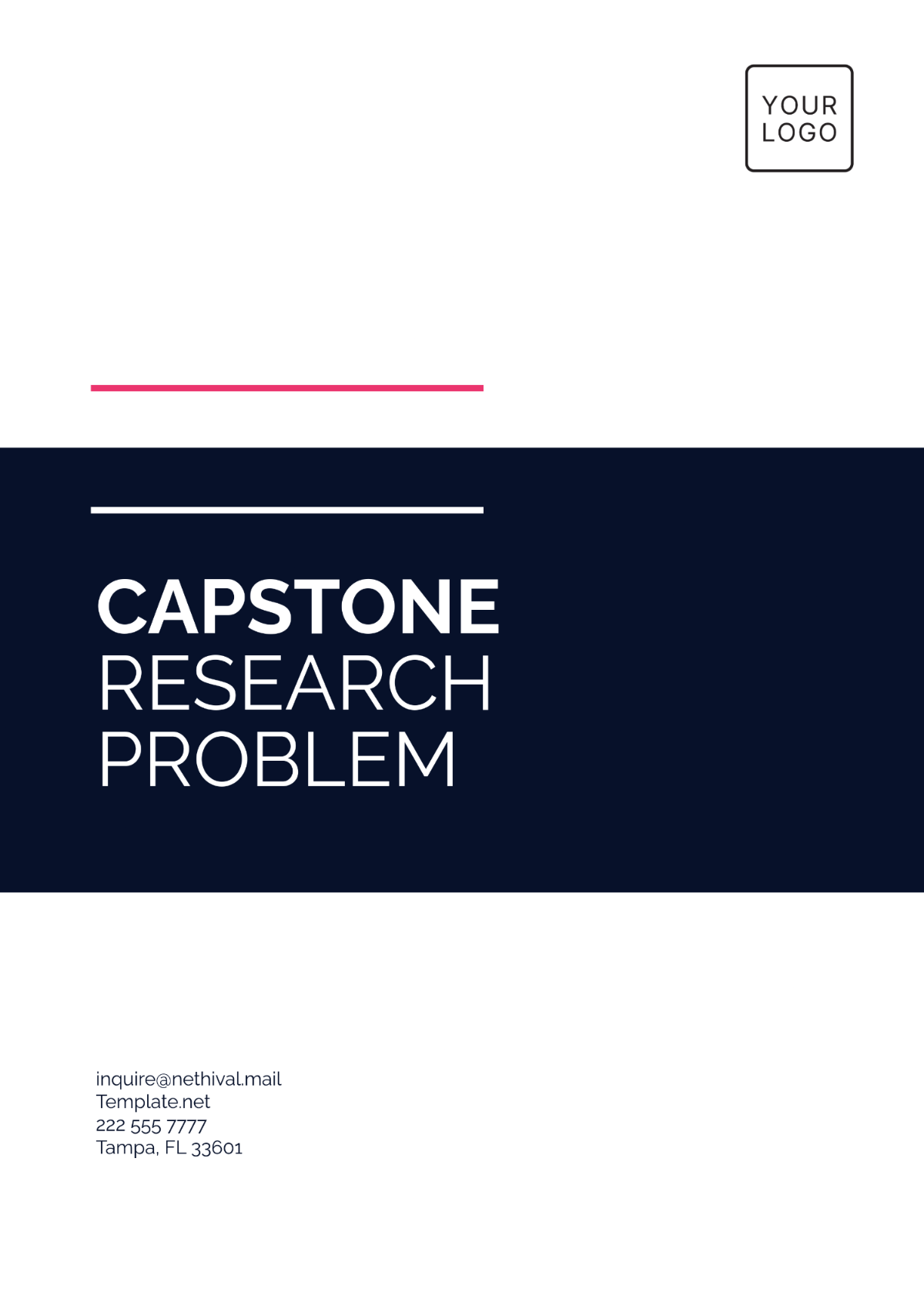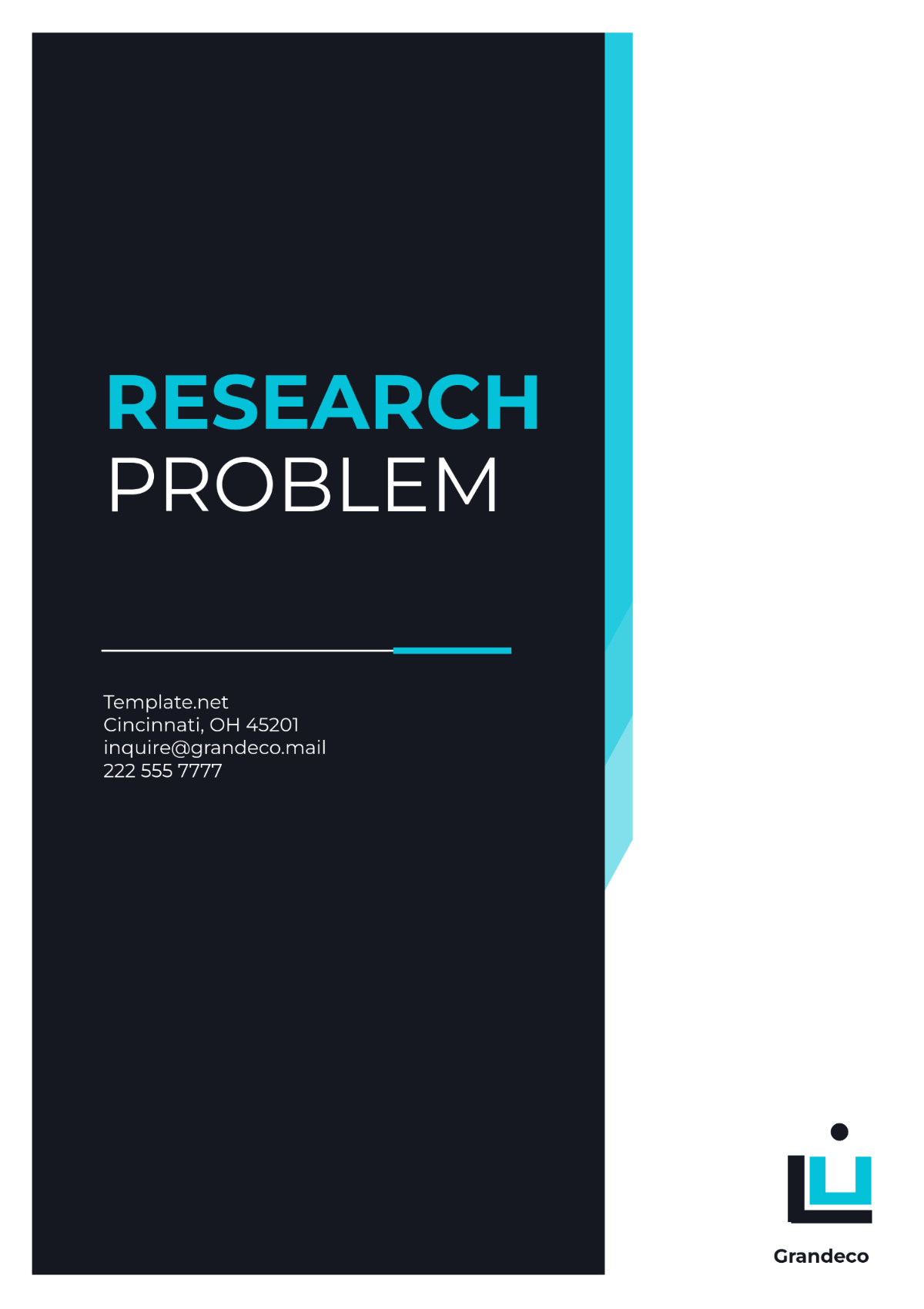Resource Allocation Exploratory Research
I. Introduction
Resource allocation is a critical process in organizational management, involving the strategic distribution of available resources to various projects or departments within an organization to maximize efficiency and achieve desired outcomes. This research provides an exploratory analysis of resource allocation, examining different approaches, methods, and factors influencing decision-making in this context.
II. Objectives of the Research
To understand the concept and significance of resource allocation.
To explore various methods and techniques used in resource allocation.
To identify factors that influence resource allocation decisions.
To analyze the impact of effective resource allocation on organizational performance.
III. Methods of Resource Allocation
Resource allocation methods can vary depending on the nature of the organization, available resources, and specific goals. Key methods include:
A. Heuristic Methods
Description: Using rule-of-thumb techniques to find satisfactory solutions.
Applications: Common in project management and small businesses.
B. Optimization Techniques
Description: Mathematical methods to find the best possible allocation.
Applications: Widely used in operations research and industrial engineering.
C. Mathematical Models
Description: Using equations and algorithms to allocate resources.
Applications: Applicable in finance and supply chain management.
D. Simulation Models
Description: Mimicking real-world operations to test scenarios.
Applications: Used in logistics and strategic planning.
E. Decision Analysis
Description: Evaluating options based on criteria and outcomes.
Applications: Used in policy making and business strategy.
IV. Factors Influencing Resource Allocation Decisions
Several factors must be considered in resource allocation to ensure that resources are utilized effectively. These factors include:
Availability of Resources
Organizational Goals
Stakeholder Interests
Project Priorities
Risk Assessment
Cost-Benefit Analysis
V. Impact on Organizational Performance
Effective resource allocation positively impacts various aspects of organizational performance, including:
Enhanced Efficiency
Improved Productivity
Higher Profitability
Increased Employee Satisfaction
Better Risk Management
VI. Conclusion
Resource allocation is an essential aspect of organizational management that requires careful consideration of various methods and influencing factors. By strategically distributing resources, organizations can enhance performance, sustainability, and competitiveness. This research emphasizes the need for continuous evaluation and adaptation of resource allocation strategies to align with changing organizational goals and external environments.
VII. References
Smith, J. (2055). "Optimization Techniques in Resource Allocation." Journal of Operational Research, 29(4), pp. 123–145.
Brown, L. (2057). "Heuristic Methods: Applications in Project Management," International Journal of Project Management, 38(2), pp. 67–89.
White, R. (2056). "The Role of Mathematical Models in Resource Allocation." Financial Analysis Journal, 42(3), pp. 201-218.
Lee, T. (2058). "Simulation Models for Strategic Planning," Logistics and Supply Chain Review, 15(1), pp. 45–60.
Green, K., & Taylor, S. (2054). "Decision Analysis in Business Strategy," Business Strategy Review, 31(5), pp. 112-129.
